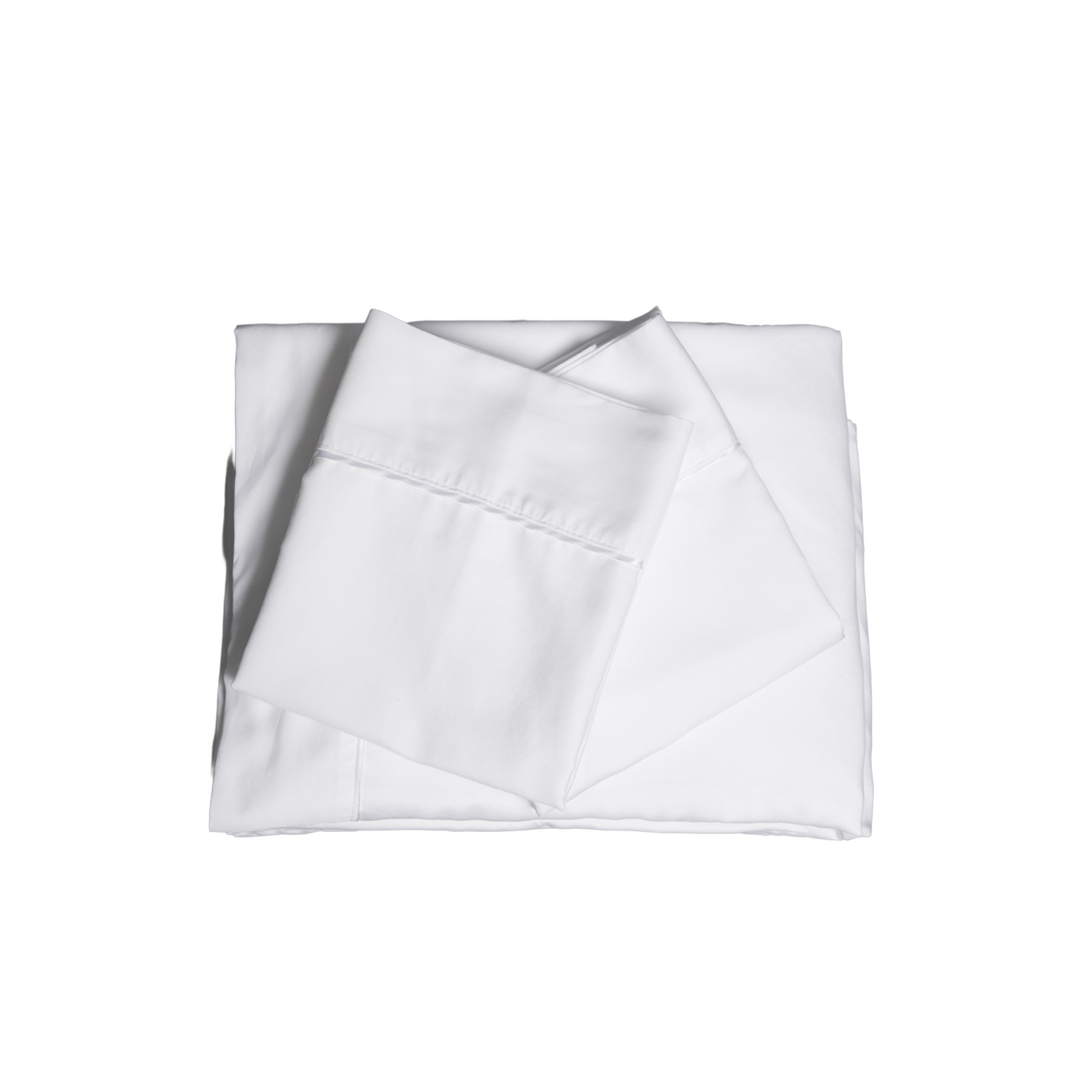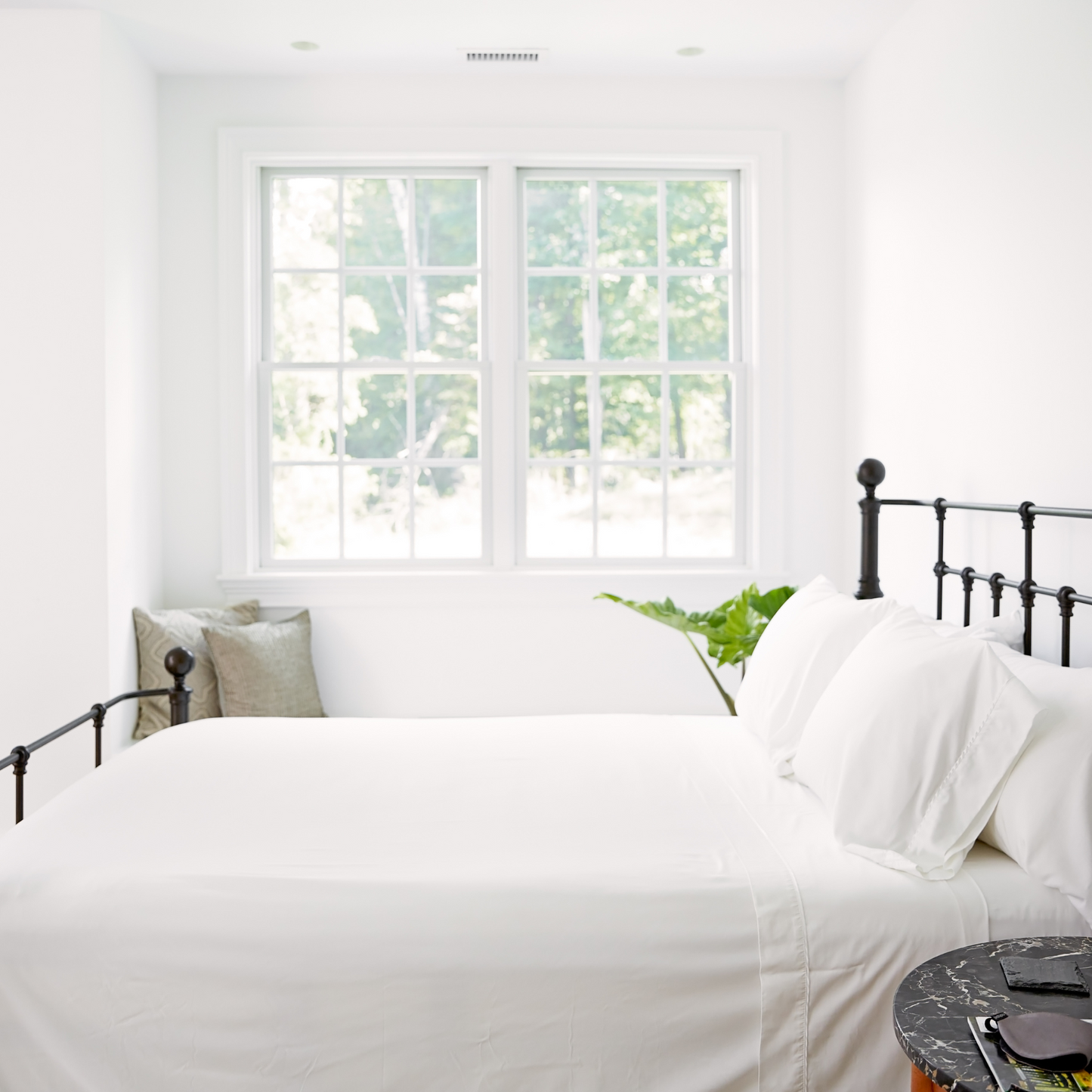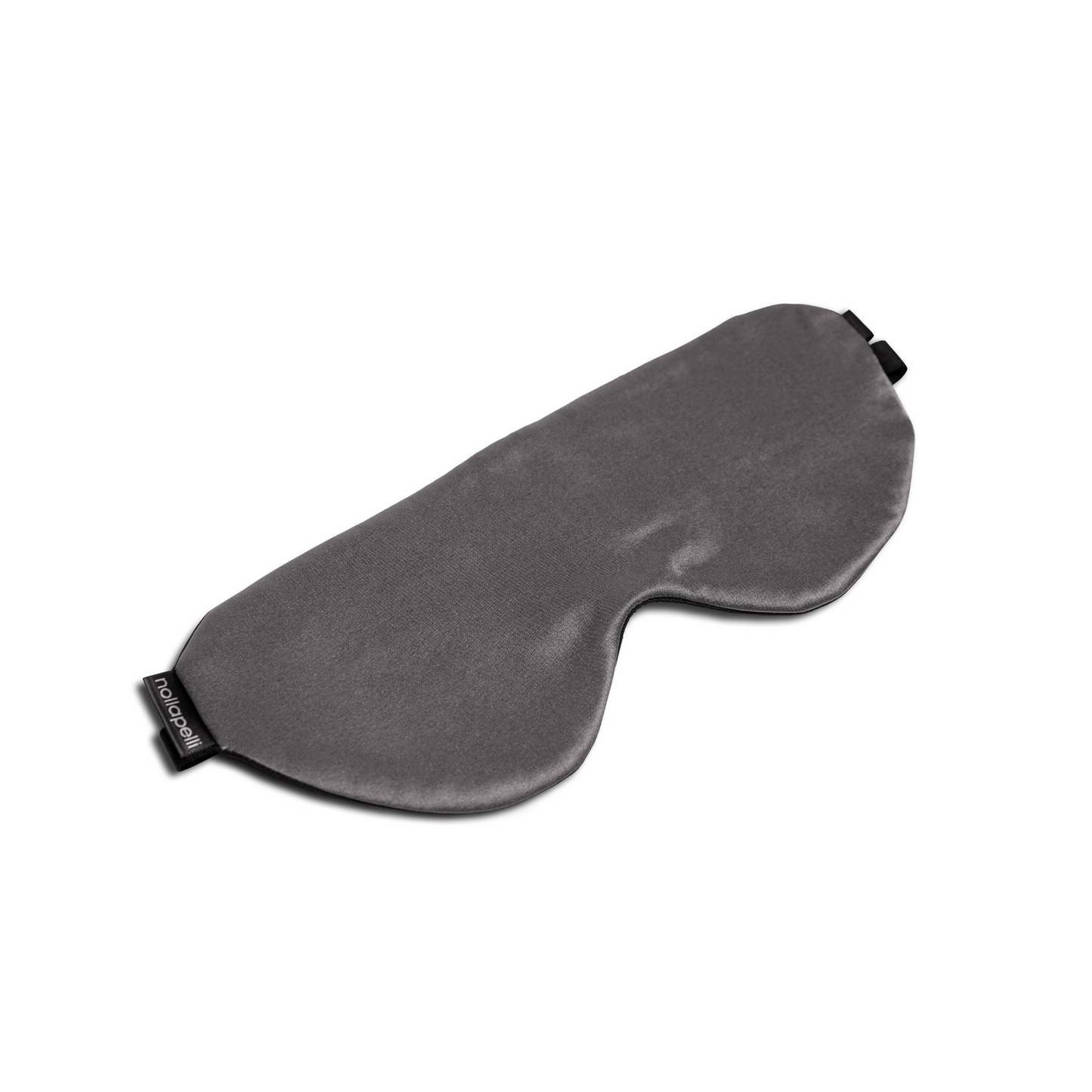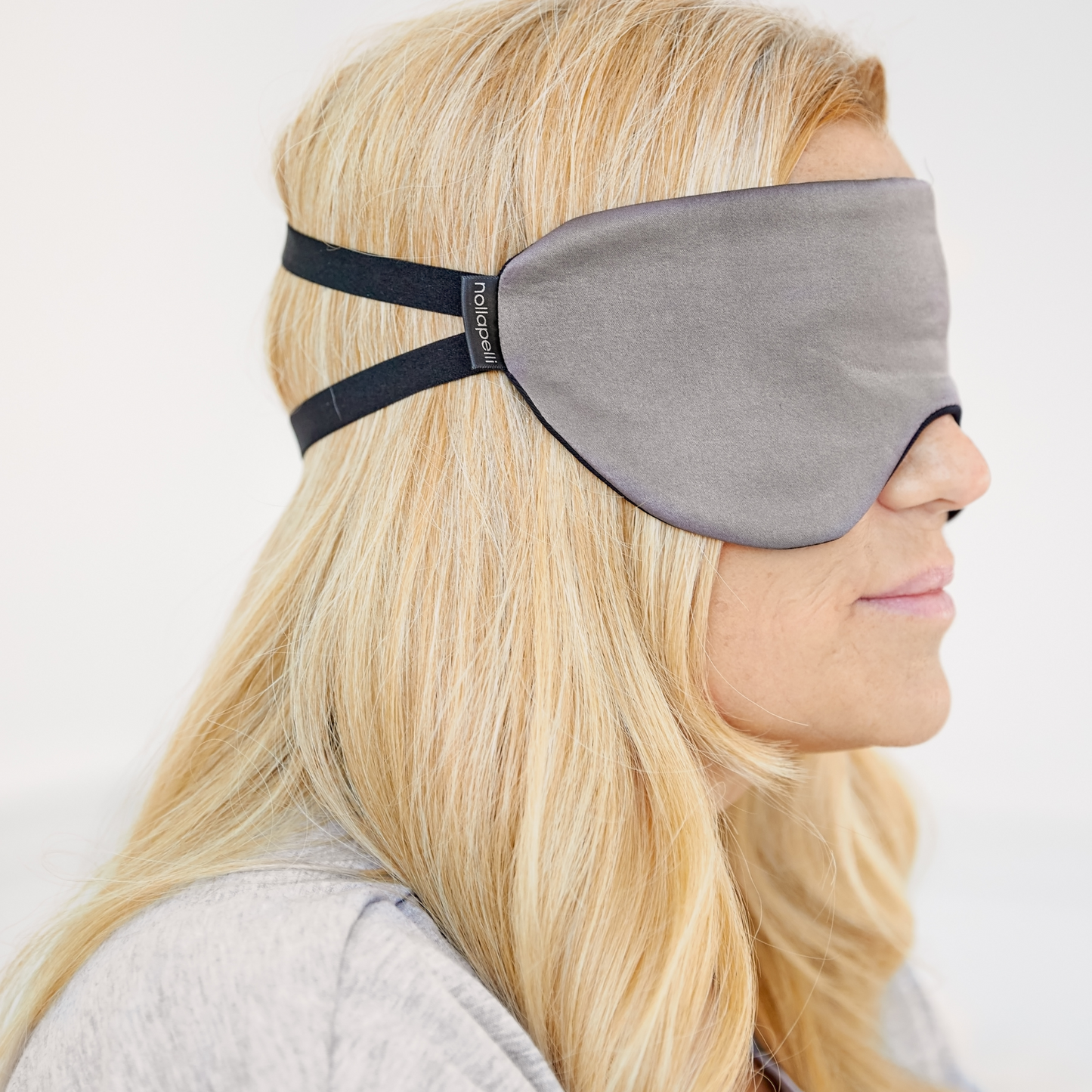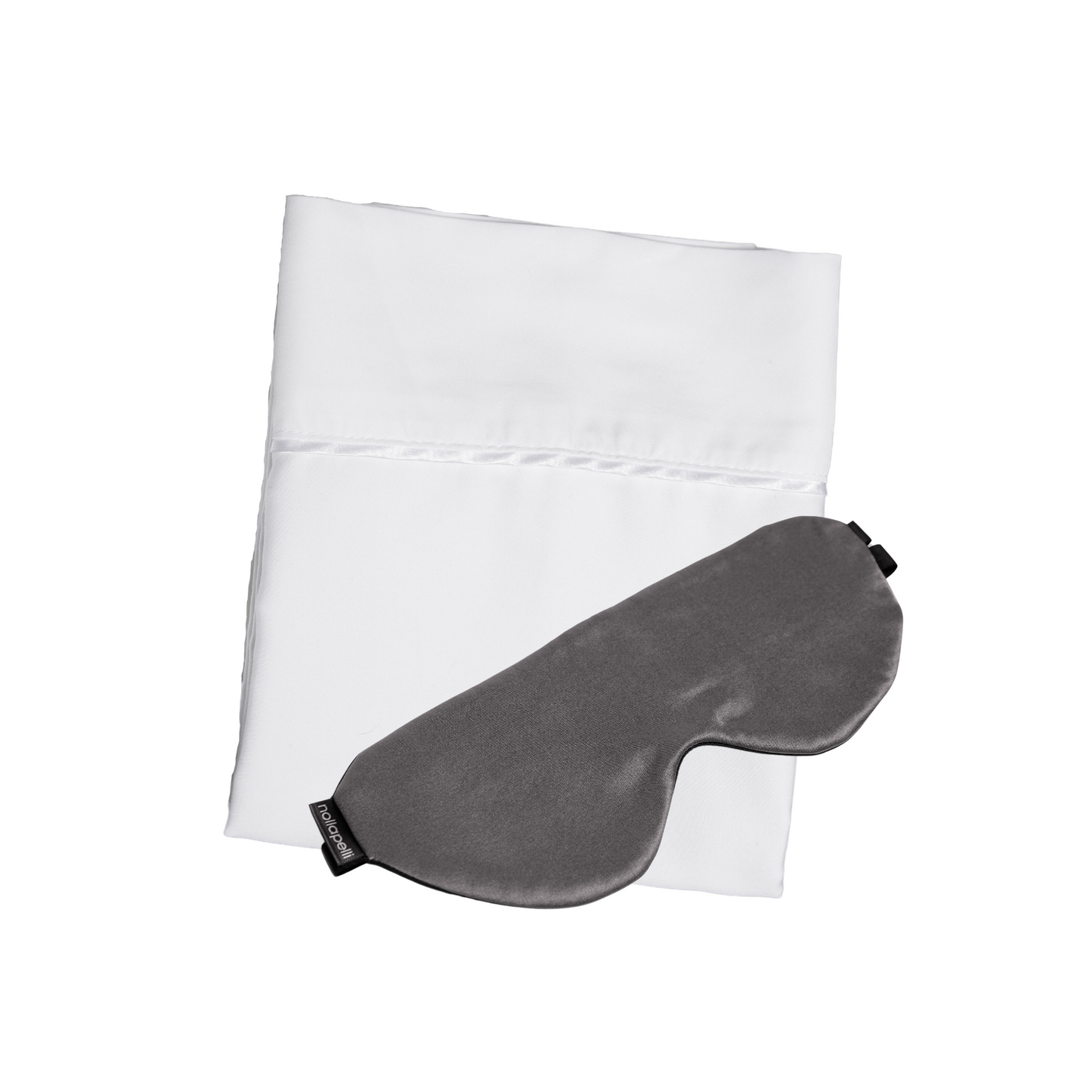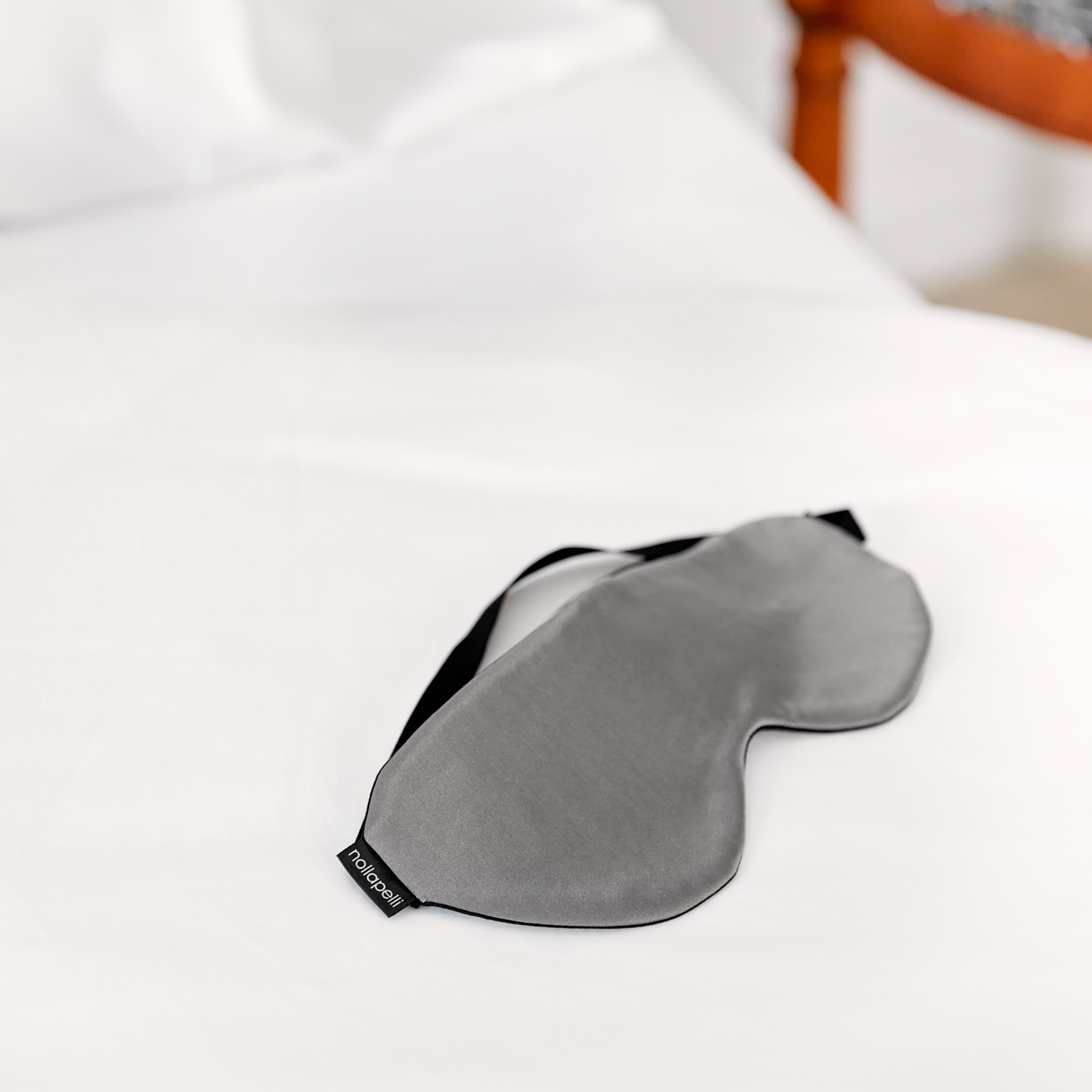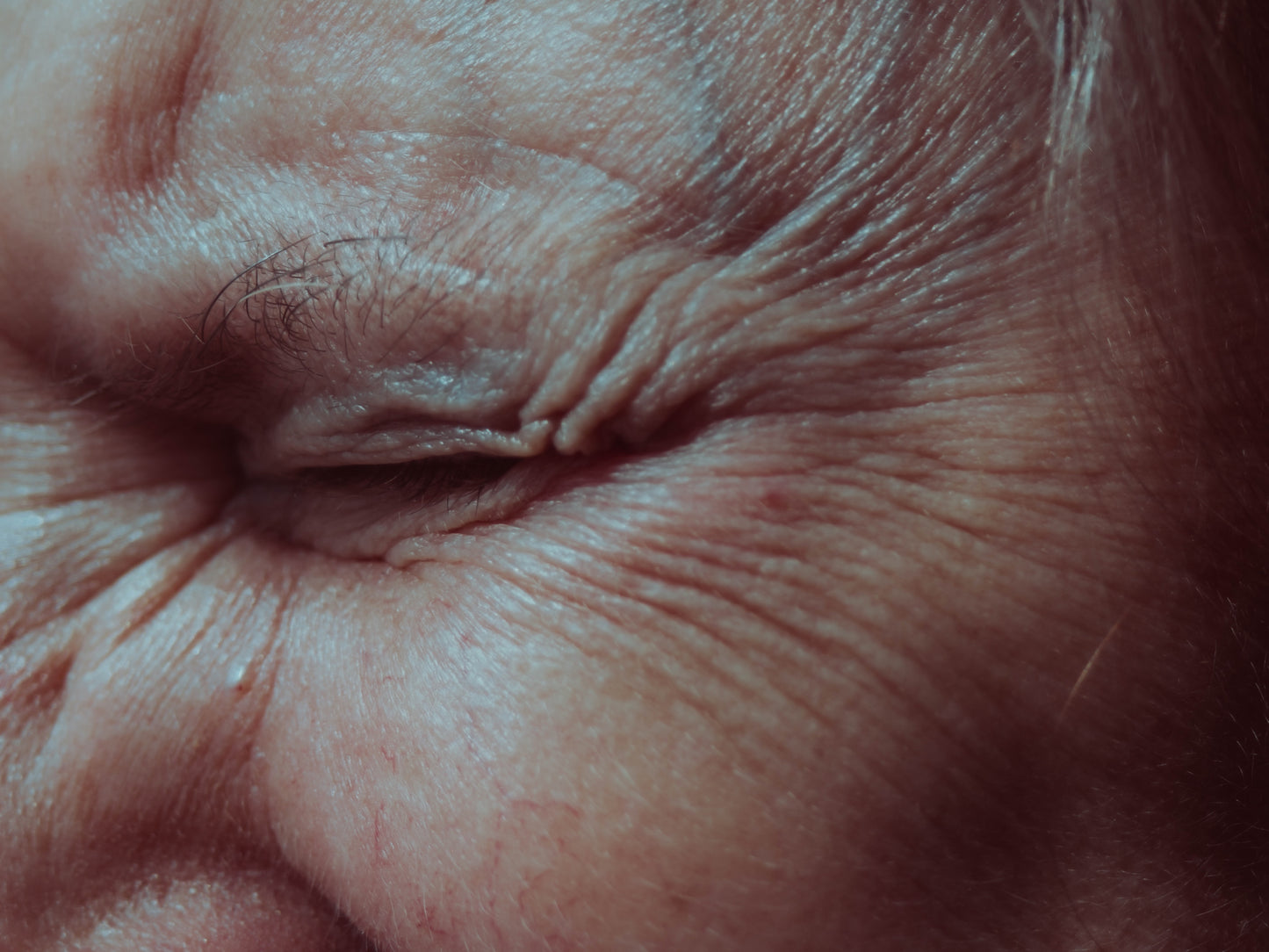
When most of us think about sleep and our appearance, we think about “beauty sleep.” Maybe it’s all from reading Sleeping Beauty as a child, or maybe it’s from the fact that sleep leaves us feeling rested and restored, especially when we’re sleeping with Nollapelli’s incredibly soft pillowcases! But in truth, sleep may actually cause wrinkles.
Allow us to explain further. Most wrinkles occur as a result of repeated UV damage, which weakens skin’s delicate collagen and elastin proteins and also damages DNA. Add in muscle contraction, where repeated frowning and repeated laughing occurs underneath already-weakened skin proteins, and you end up with expression lines.
Sleep lines are different. While they are still affected by the skin’s weakening over time from repeated UV damage, they are not caused by repetitive, underlying muscle movements. Instead, they are caused by the repeated pressing of the face on the pillow during sleep, or external movements.
Keep in mind that our skin is attached to underlying muscle and fascia. Some of our facial skin will move when we press down on a pillow, but areas of skin that are well-attached to underlying structures will resist the pressure of the pillow against it. That is where a line will likely form.
Vertical or oblique lines appear on the forehead, under the eyes, on the sides of the nose, and on the lower cheeks and chin due to pillow pressure. If you sleep on one side more than the other, you will notice the wrinkles developing there more quickly compared to the other side. Dermatologists and aestheticians actually say they can tell their patients which side of their face they typically sleep on, just from examining the location of wrinkles on their faces!
You can also visualize where your sleep lines will appear by pressing your hand against the sides of your face, upwards (Dermatologic Surgery). Just a gentle tug will show where sleep lines are likely to form. If you don’t see any lines, you’re lucky!
How to Fight Sleep Lines
Since the main cause of sleep lines is sleeping on the side and face, the most logical solution is sleeping on the back. However, changing the way we sleep is NO easy feat. For some, sleeping on the back can be problematic, whether due to breathing problems, weight issues, or simply habit.
Try sleeping on just one pillow. At night, muscles relax and become fatigued, and the skin begins to sag and droop. The pulse and blood pressure drop at night, causing less blood to pump into the face. If you’re too elevated, that exacerbates this effect. It’s better for most people to sleep with their face and neck in alignment, to maximize circulation and minimize the effects of gravity.
Cosmetic fillers, like Juvederm, may also be an option. In studies, sleep-caused wrinkles can be treated with fillers for up to six months at a time (Plastic and Reconstructive Surgery). We recommend only board-certified dermatologists or plastic surgeons for such a procedure.
If you want to take a less invasive approach to wrinkles, you may want to apply your most concentrated skincare products at night. Your basal body temperature is elevated at night so it’s a great time to apply skincare products. One reason spa owners and aestheticians love saunas so much is that they help the skin cells really drink up the ingredients!
And finally, sleep lines can also be resisted by sleeping on the right type of pillowcase fabric. By using Nollapelli's pillowcases, you can help to prevent sleep lines by reducing the level of friction between your skin and the pillowcase.

